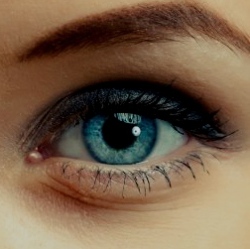
Valve’s Joe Ludwig posted an update outlining progress licensing its SteamVR Tracking system. The system could be critical to the adoption of VR in 2017, and the comment indicates additional head-mounted displays compatible with the SteamVR Tracking “lighthouse” technology are in the works.
The headsets are among 500 companies which signed up to freely use the innovative tracking system, according to Ludwig.
Below is the full comment in response to the questions “Did you expect more hardware manufacturers to consider interest in releasing their own Lighthouse/Steam VR HMD instead of just HTC? Why do you think other companies haven’t (publically at least) gotten on board?”:
"500 companies have signed up to use Lighthouse and some of them are making HMDs. A few of them have talked about that, but a bunch more will announce when they’re ready.
As far as we know, everything is in place for any store to support the Vive. As part of your initial setup you would still install Steam to get the drivers, but Steam doesn’t need to be running for the Vive to work.
The controller production line is still going strong and churning out controllers. The next line we’re building is for the base stations we talked about at Dev Days. They’ll start showing up later this year.
Using automation allows us to keep production local, which means our employees can be much more hands-on with the manufacturing process. That works a lot better with how Valve works, so we’ll probably keep doing that going forward."
SteamVR Tracking is an ingenious technology that bathes a room with lasers you can’t see with the naked eye, but it allows objects with sensors on the surface to be perfectly tracked throughout a space. A compatible system like lighthouse which works with products from a variety of manufacturers could lower the cost for upgrades (because the tracking system is already installed) while simultaneously opening up VR to an enormous collection of objects that can be brought into a virtual world.
The end result would be a whole slew of VR experiences, from fighting fires to hitting a baseball, which would look, sound and feel extremely close to their real-world counterparts.
